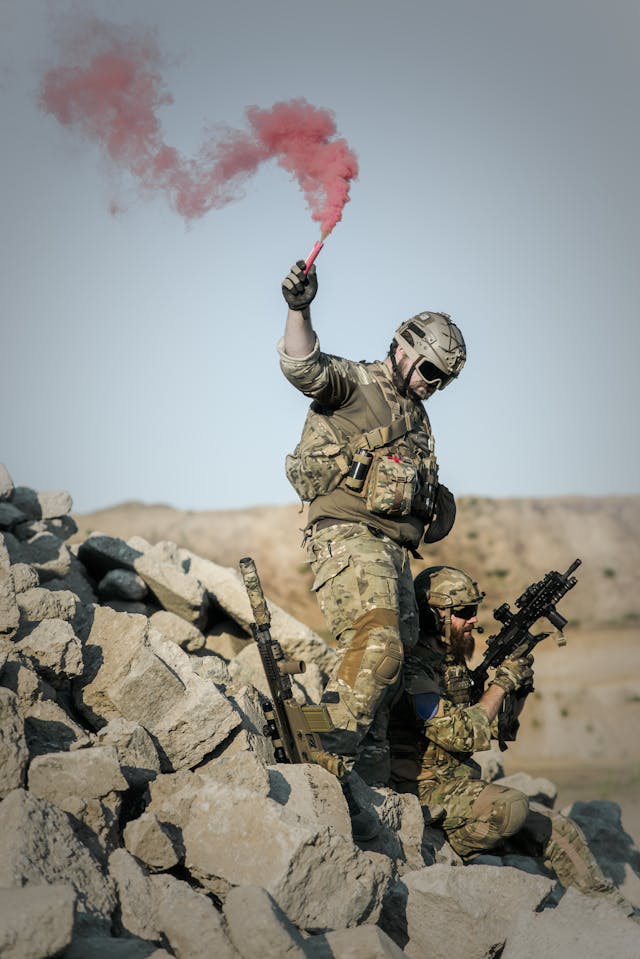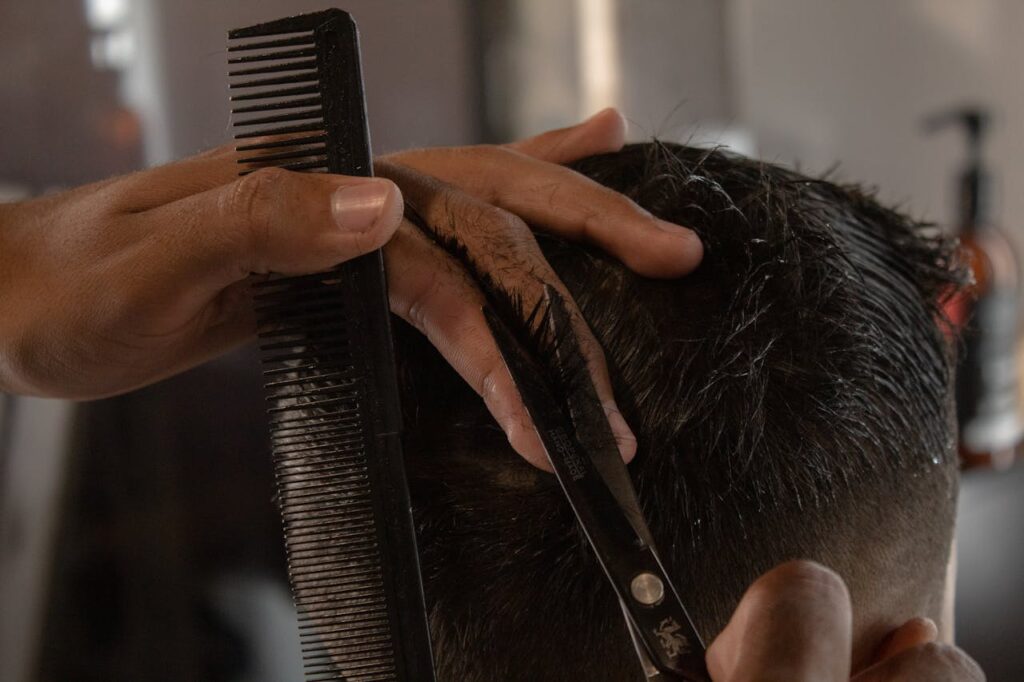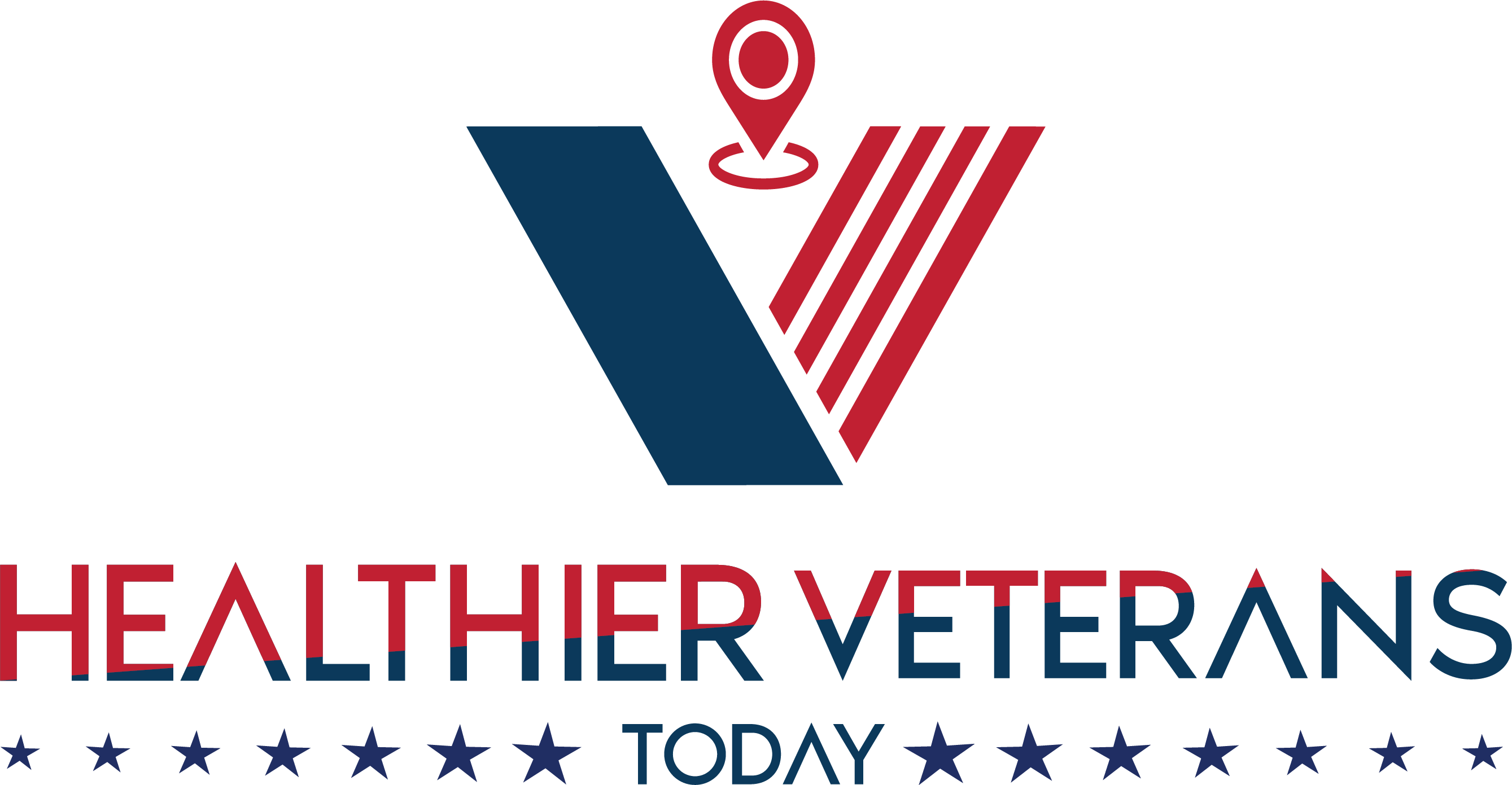It’s no secret that soldiers should look neat and presentable. But they have uniforms, so that’s covered. What’s left? Haircuts! Discover in this article what military haircuts are all about and why they are so important, along with preparation tips to keep your hair looking fresh. Let’s start!
Table of Contents
Importance of Military Haircuts

Military haircuts offer uniformity and practicality. They minimize distractions and reduce the risk of hair-related injuries while making service members appear presentable. Just like school rules, it enforces discipline. Now, what are the different types? The next section discusses it in detail.
Common Military Haircut Styles
There are many different haircut styles, but let’s discuss the most common.
- Buzz Cut: This is the most popular style. It’s an extremely short haircut that is the same length throughout, making it low-maintenance.
- High and Tight: This hairstyle has copped sides and back with a slightly longer strip of hair on top. This is where the name comes from.
- Fade Cut: The fade has become popular in recent years. It’s a gradual transition from short to longer hair along with sides.
- Crew Cut: This is a classic haircut. The sides and back are short with a longer top which is incredibly easy to maintain.
Regulations and Standards
Military haircuts aren’t just about the style but specific regulations. Not all rules and regulations are the same. Take a look at each branch down below!
General Regulations

Military haircuts should typically be clean, well-groomed, and professional. This means that they shouldn’t touch ears or a collar. Extreme or faddish styles aren’t prohibited. Now, let’s delve into branch-specific goals.
Branch-Specific Rules
- Army: It should be neatly trimmed with sideburns that aren’t below your ear.
- Navy: Strange styles and colors aren’t allowed. Hair should also be tapered around the neck and ears.
- Air Force: They allow slightly longer hair than other branches, but the sides and back should still be tapered.
- Marines: This branch has the strictest grooming standards. Hair should be short and not touch the ears or collars. High and tight fades are good choices for this branch.
Uniformity and Safety Considerations
These styles are important for both uniformity and safety. Short hair reduces the risk of interference with:
- Equipment
- Masks
- Helmets
Grooming Tips for Military Haircuts

Maintaining these hairstyles is important to keep things neat and professional. Here are some tips to do that:
Preparation and Maintenance
Before you get a haircut, make sure to wash your hair. It shouldn’t have any styling products before your trim. Also, schedule regular trims or get a set of clippers so that you can do it at home.
At-Home vs. Professional Cuts
Cutting your hair in a barber or salon is ideal, but you can do it right at home. This is convenient and saves money. With clippers and a few tutorials, nothing can stop you. For those who prefer a professional, go to someone who will follow the standards of your branch.
Addressing Common Issues
Some men reported issues like uneven skin growth and skin irritations. Luckily you can combat these issues. Moisturizer and other products that are designed for sensitive skin can help you. If this does not go away or gets worse, don’t hesitate to consult the barber, healthcare professionals, or service members for some advice.
Haircut Tools and Products
Although how you do it matters, you also need to consider what you are using. Some tools and products can make a big difference in the way your hair looks and feels.
Here are some of the best tools:
Clippers

- WAHL Professional 5-Star Magic Clip
- Andis Master Clipper
- Oster Classic 76
Scissors and Shears
- Tondeo Scissors
- Jaguar Prestyle Hair Cutting Shears
Hair Care Products
- American Crew Daily Shampoo
- Aveda Men’s Pure-Formance Conditioner
Aftercare Products
- Argan or Jojoba Oil
- Nivea Men Sensitive Skin Moisturizer
These products help you maintain your hair and even resolve skin irritations. Try them out!
FAQs
What are common mistakes that people make when cutting military hairstyles?
Some make the mistake of not cutting the edges properly or doing uneven fades. This is not allowed.
How often should you get a haircut in the military?
It depends on the specific branch service. The army, navy, and airforce require you to cut your hair every 1-2 weeks. However, marines should cut their hair weekly because of their strict standards.
Are there any exceptions to the regulations for hair?
Yes, there are exceptions. They include religious practices, medical conditions, remote deployments, female service members, and cultural considerations.
Can you dye your hair in the military?
Yes, you can dye your hair, but it should be a natural color that fits your complexion. Extreme colors aren’t allowed in the military.
Conclusion

Military haircuts are about keeping veterans safe and looking professional. Some common styles include a buzz cut, high and tide, fade cut, and crew cut. All these styles are easy to maintain, but not all branches have the same rules. So, make sure that you follow your branch.
Grooming starts with preparing and should be followed by either regular trims at a barber or at home with clippers. Whichever one you choose, just ensure that it’s neat and still meets the standards.





